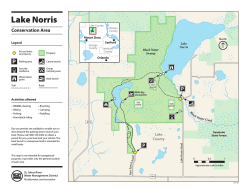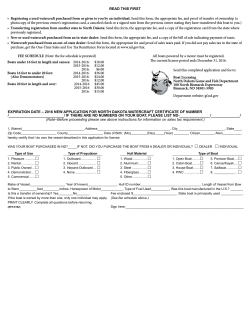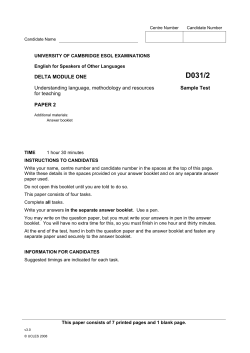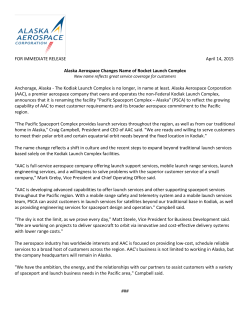
What is the Population Density Gloeotrichia Fernan Lake?
What is the Population Density of Gloeotrichia in Samples of Fernan Lake? Teacher Inquiry by Cindy Rust and Rusti Kreider Background Information: ● We were going to also look at the uptake of CO2 of algae ● Probeware would not cooperate ● A good lesson ● Do you want to go through more work than kids will get out of it? ● NO, so we abandoned that thought Background Information: We were looking for a simple and engaging lesson to blend population density with water quality monitoring. Background Information: According to wikipedia (our students’ go to resource) population density is a measurement of population per unit area or unit volume It is a quantity of density Background Information: Gloeotrichia Cell volume 2,826 µm^3 mean Cell mass 439 pg mean Trophic dependence photoautotrophic Background Information: Classification: Kingdom Monera Phylum Cyanophycota cyanophytes Class Cyanophyceae Order Nostocales Family Rivulariaceae Genus Gloeotrichia 1886 blue-green algae, Jg. Agardh Ex Bornet and Flah., Background Information: Toxin: microcystin-LR; hepatotoxin ● Inhibitor of certain enzymes ● Hepatic tumor promoter ● Chronic exposure increases holes in liver Procedure: ● ● ● ● 3 sampling sites at surface level only filling a 500 mL bottle each site refrigerate sample until time of use ● Public dock boat launch west end, midlake, and submerged marsh (lilypads) east end. Quantifying Cyanobacteria ● Mark a grid using 1cm2 increments on the bottom of a plastic disposable petri dish ● Gently invert the sample bottles to create even distribution ● Sample from surface of bottle, mid bottle, and bottom of the bottle ● Place 1 mL of sample in petri dish ● Using a dissecting scope, count total Gloeotrichia sp. in the sample, focusing from top to bottom of water sample although most float. ● Repeat three times and record data. ● Using the average count from each sample, extrapolate to entire water sample Quantitative Data West end Public Boat Launch (Sample #1) Trial 1 0 West end Public Boat Launch (Sample #1) Trial 2 1 West end Public Boat Launch (Sample #1) Trial 3 8 Quantitative Data Midlake (#2) Trial 1 4 Midlake (#2) Trial 2 14 Midlake (#2) Trial 3 4 Quantitative Data Lilypads East end boat launch (#3) Trial 1 2 Lilypads East end boat launch (#3) Trial 2 3 Lilypads East end boat launch (#3) Trial 3 4 Qualitative Data When examining the sample bottles, it was easily observed that the west end boat launch had less. We found that sampling at the surface of the bottle produced higher loads of organisms as they tend to float and congregate at the surface. Analyzed Results sampling site Public Boat Midlake Lily Pad Boat Launch Launch (west (east end of Lake) end of Lake) average organisms per mL 3 7 3 extrapolated density per 500 mL 1500 3500 1500 New question emerged Could disturbance such as human traffic cause the samples to be skewed because of forced dispersal? Ideas for Classroom Implementation ● student data from these samplings should be shared collectively on a class data chart. o This would provide a more representative sampling of the bottle and a more reasonable extrapolation to the entire lake body. ● Small groups defined by area of the lake with each member taking a turn counting. o This increases student exposure but may present a variable in counting technique so be clear in counting technique instructions. Resources ● http://microbiology.usgs.gov/images/Gleotrichia531x400 .jpg ● http://www.itis.gov/servlet/SingleRpt/SingleRpt?search_ topic=TSN&search_value=1300 ● http://link.springer.com/article/10.1007%2Fs10452-0129409-9#page-2 ● http://www.sigmaaldrich.com/catalog/product/sigma/m2 912?lang=en®ion=US
© Copyright 2025





















